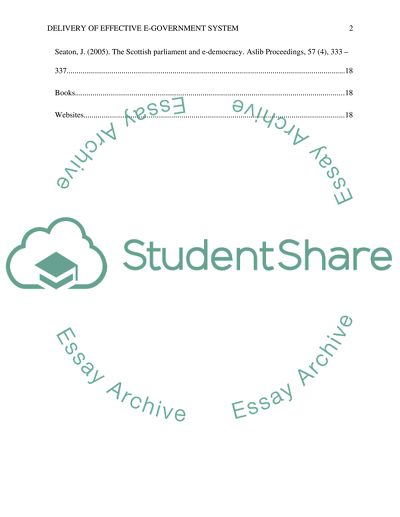Cite this document
(“Delivery of Effective E-government System: The Case of Oman Literature review”, n.d.)
Retrieved from https://studentshare.org/information-technology/1400160-literature-review-for-msc-project-delivery-of
Retrieved from https://studentshare.org/information-technology/1400160-literature-review-for-msc-project-delivery-of
(Delivery of Effective E-Government System: The Case of Oman Literature Review)
https://studentshare.org/information-technology/1400160-literature-review-for-msc-project-delivery-of.
https://studentshare.org/information-technology/1400160-literature-review-for-msc-project-delivery-of.
“Delivery of Effective E-Government System: The Case of Oman Literature Review”, n.d. https://studentshare.org/information-technology/1400160-literature-review-for-msc-project-delivery-of.


